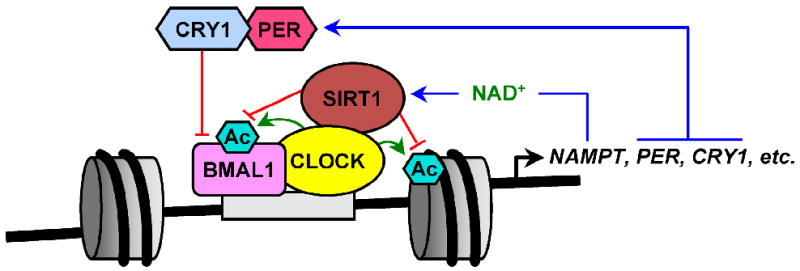Fig. 4. Feedback regulation of circadian clock gene expression.

The circadian rhythm in mammals is controlled by internal “clocks” that temporally regulate biological functions in response to environmental and physiological cues in a process that involves negative feedback regulation of gene expression. Many of the core clock proteins are DNA-binding transcription factors, including: CLOCK (a protein acetyltransferase) and BMAL1 (a heterodimerization partner of CLOCK). CLOCK:BMAL1 heterodimers promote the expression of the genes encoding NAMPT, Period (PER) and Cryptochrome 1 (CRY1) through the CLOCK-dependent acetylation of histones and transcription factors (green arrows; Ac, acetyl groups covalently linked to proteins). PER and CRY1 form heterodimers that inhibit CLOCK:BMAL1-dependent transcription. Since the gene encoding NAMPT is a direct target for regulation by CLOCK:BMAL1 heterodimers, NAMPT expression and cellular NAD+ biosynthesis are subject to circadian regulation and exhibit circadian oscillations. Increased NAMPT-dependent NAD+ production enhances SIRT1 deacetylase activity, which acts to inhibit the transcription of NAMPT through interactions with the CLOCK:BMAL1 complex at the NAMPT promoter, thus completing a feedback loop involving NAMPT/NAD+/SIRT1 and CLOCK:BMAL1.
